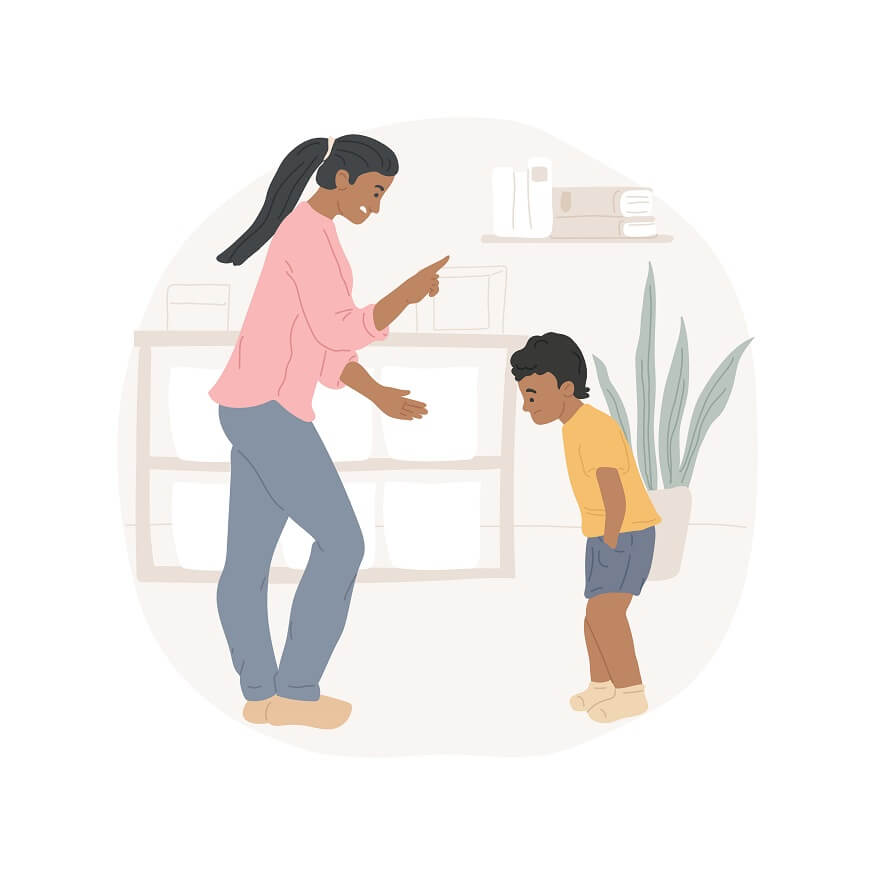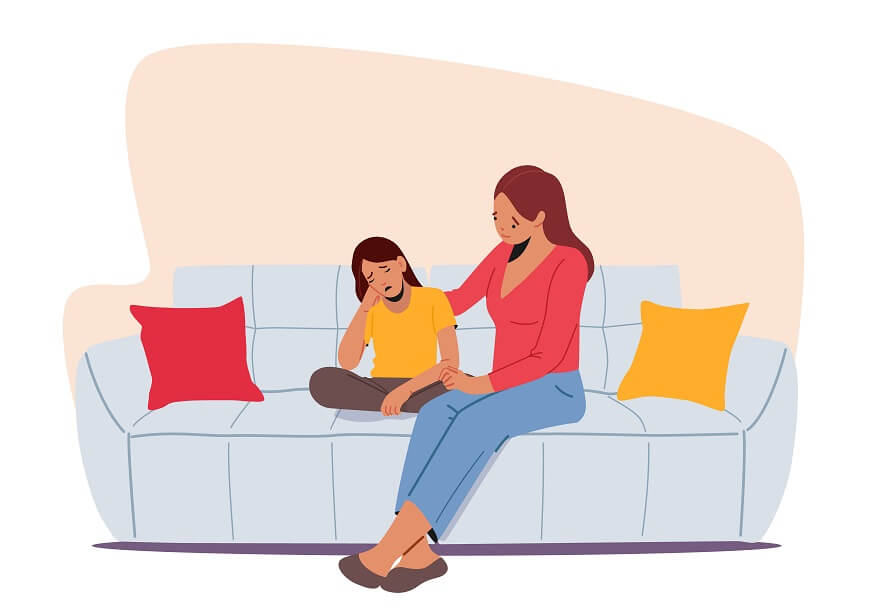Setting boundaries or norms of behaviour that are anticipated to be followed for children is referred to as setting limits. These guidelines may include a range of topics, including how to behave around others, how much time should be spent on particular pursuits like screen time, homework, housework, and so on. Setting limitations entails the following, in more detail:
Also Read: Positive & Negative Effects of Video Games on Children
Defining Acceptable Behaviour: Limits clearly specify what is acceptable and what is not. This helps children learn societal norms, respect, and discipline. For instance, you might establish a rule that shouting is not an appropriate way to express anger.
Providing a Safe Environment: Limits can help protect children from harm. For example, setting a rule that they should not cross the street without an adult helps keep them safe.
Creating Structure: Limits can provide structure and predictability, which are crucial for a child’s sense of security. For instance, consistent bedtimes and mealtimes can help children understand what to expect from their day and make them feel more secure.
Developing Self-Control and Responsibility: By setting boundaries, children learn to control their actions and understand the consequences of breaking the rules. For example, if they know they will lose screen time privileges for not finishing homework, they are more likely to complete their work on time.
Promoting Healthy Habits: Limits can promote health and well-being. For instance, restricting the amount of sweets a child eats can help them develop healthier eating habits.
Preparing for Real-World Expectations: Real-world operations are governed by laws and their repercussions. Setting boundaries at home can help kids get ready for what is expected of them in school, the workplace, and society as a whole.
It’s crucial to remember that while enforcing boundaries is essential, giving kids opportunities for independence while also showing them love and understanding should not be overlooked. Limits should be age-appropriate, reasonable, and enforceable, and they should be established with the ultimate intention of assisting children in becoming mature, caring, and successful people.
Also Read: How does parental influence affect child development?
Step-by-step guide to set limits for your child
Setting limits and consequences for your child is an important part of parenting. It can help teach them respect, responsibility, and self-control, and help them understand the difference between right and wrong. Here’s a step-by-step guide on how to set limits and consequences for your child:
Clear Expectations: Set clear and specific expectations. Make sure your child understands what behaviour is acceptable and what isn’t. Be specific, simple, and direct. For example, instead of saying “be good,” you might say, “No hitting, use your words when you’re upset.”
Consistency: Consistency is key when setting limits. If you are inconsistent in applying rules, your child may become confused and test boundaries more often. Make sure all caregivers are on the same page and enforce the same rules.
Reasonable Consequences: Consequences should be related to the behaviour and age-appropriate. They should also be delivered immediately after the misbehaviour. For instance, if your child throws a toy in anger, a reasonable consequence could be taking away the toy for a while.
Natural and Logical Consequences: Natural consequences are those that happen naturally as a result of the behaviour, while logical consequences are those that are logically connected to the behaviour. For example, if a child refuses to eat dinner, a natural consequence may be that they become hungry later. A logical consequence might be that they have to stay at the dinner table until everyone has finished eating.
Explain the Consequences: After you’ve identified the appropriate consequence, explain it to your child. Make sure they understand why they’re receiving this consequence and how they could avoid it in the future.
Follow Through: It’s essential to follow through with the consequences you’ve set. If you don’t, your child may learn that rules can be broken without any repercussions.
Positive Reinforcement: Along with setting consequences for misbehaviour, it’s also important to recognise and reward good behaviour. This can encourage your child to repeat that behaviour.
Communication: Keep an open line of communication with your child. Talk about why certain rules are in place and make sure they understand the potential dangers or repercussions of not following them.
Model Good Behaviour: Children learn by observing their parents. Show your child how you handle disappointment, stress, and other challenges in a mature and respectful way.
Flexibility: While consistency is crucial, so is flexibility. As your child grows and changes, so will the appropriate rules and consequences. Make sure to reassess these guidelines regularly to ensure they continue to support your child’s development.
Remember, the goal isn’t to control your child but to teach them self-control and responsibility. Rules and consequences should be designed to help them learn these important life skills.
Also Read: Goal setting for students: Importance, Process and Examples
What is an example of limit setting consequences?
A limit setting consequence is a negative outcome that occurs as a result of breaking a rule or boundary. It is important that consequences are logical and relevant to the behaviour in question, and that they are consistently enforced. Here are some examples of limit setting consequences:
Time-out: This is a common consequence for young children, and involves removing them from the situation for a short period of time. For example, if a child is hitting their sibling, they might be placed in a time-out chair for 1 minute per year of their age.
Loss of privileges: This consequence involves taking away something that the child enjoys, such as their TV privileges, their phone, or their allowance. For example, if a child refuses to do their homework, they might lose their TV privileges for the evening.
Restitution: This consequence involves making up for the negative consequences of the child’s behaviour. For example, if a child breaks a toy, they might be required to pay for a replacement.
Natural consequences: These are consequences that occur naturally as a result of the child’s behaviour. For example, if a child refuses to wear a coat outside, they might get cold.
It is important to note that consequences should be age-appropriate and should not be used as a form of punishment. The goal of limit setting is to teach children about appropriate behaviour and to help them learn to make better choices in the future.
Also Read: Motivation for not giving up: Tips and benefits for students
EuroSchool notes that consequences should be age-appropriate and should not be used as a form of punishment. The goal of limit setting is to teach children about appropriate behaviour and to help them learn to make better choices in the future.











